America’s eyesight is getting worse. More than 8 million people currently experience vision disabilities—or still have difficulty seeing despite the use of corrective aids. That’s a 12% increase from 2010. And that population is set to expand even further. The rate of blindness alone is expected to increase by a whopping 319% between 2010 and 2050.
Fortunately, modern technology can help this population out. And we’re not just talking about dedicated tools and procedures like smart canes or surgery to implant electronic eye prosthetics. Everyday yet powerful devices can improve the quality of life for people with vision impairments. That’s where the Android phone comes in. Those with low vision can easily increase font sizes to see better, and there’s even an updated read-aloud mode that people with dyslexia or blindness may find useful.
Even abled individuals can use Android phones for this purpose. With the number of vision disabilities in the US expected to increase, you can be proactive and leverage their eyesight-friendly features to maintain healthy vision for longer. Here’s how to boost the effectiveness of the best eye health practices using your Android phone.
Reduce blue light exposure
Today, we spend more time looking at screens. That doesn’t just strain your eyes, irritate them, and blur your vision; it also exposes you to artificial blue light, which can permanently damage your retina and potentially cause blindness through conditions like age-related macular degeneration. It’s thus vital to reduce that exposure by limiting your screen time. But what if you need to use devices for longer, like for work or school? You can buy blue light glasses to protect your eyes during that time. These block out harmful wavelengths from 400-455 nanometers so your eyes only absorb healthy blue light that improves brain function and your mood.
You can boost the effectiveness of these glasses by using the built-in blue light filter most Android phones have. You’ll usually find the option to turn it on in your Display settings under a heading titled “Eye Comfort” or something similar. If you’ve got an older model without that feature, though, you can consider downloading a blue light-filtering app. It will effectively cut off blue light from the source—your phone screen—to further minimize your exposure. The likes of f.lux, Twilight, and Halo can make your screen warmer for the best effect.
Check if you need an eye exam
Regular eye exams are crucial if you want to be proactive about your vision. Booking an appointment with your optometrist every one or even two years means you’re more likely to catch vision issues early and treat them before they get worse. Despite that, nearly 38% of Americans don’t have an eye doctor and can’t access regular exams due to the costs, a lack of insurance, or the fact that the average person lives nine miles away from the nearest optometrist.
Here’s where your Android phone comes in: you can use it to conduct eye exams at home. That’s not to say you should forego professional tests altogether. Rather, Android apps can help you determine if you need to consult an eye doctor. Take Peek Acuity. Available for free, it was developed by optometrists and requires two people to use—someone will have to hold the phone at a distance to test your vision—but it’ll tell you if you require further testing. That means you only need to get eye exams when needed, which can be helpful if they’re hard for you to access.
Exercise your eyes
Though they can’t prevent blindness-causing conditions like glaucoma and age-related macular degeneration, eye exercises are necessary because they strengthen your eye muscles. They can slow the progression of nearsightedness, farsightedness, and astigmatism. And if you still have good vision, eye exercises can similarly delay the need for you to wear corrective glasses and contact lenses—especially in kids more vulnerable to myopia due to excess screen time. A simple one you can try is the 20-20-20 rule: take a break from the screen every 20 minutes to look at something 20 feet away for 20 seconds.
If you want to reap other benefits like improved eye tracking, coordination, and alignment, you can use a dedicated Android app for more complex eye exercises. VisionUp and EyesX are great examples that hold libraries of more than 50 unique eye exercises. They even offer curated plans you can use depending on if you’re working, studying, or even if you’re about to go to bed—meaning they can guide you through the best routines possible for your specific needs.
Android phones offer several accessibility features that are useful for people with vision disabilities. With cases of these impairments on the rise, they even provide an avenue that people with healthy vision can use to maintain good eyesight for longer. Take advantage of your own phone to boost the effectiveness of some of the best eye health practices.

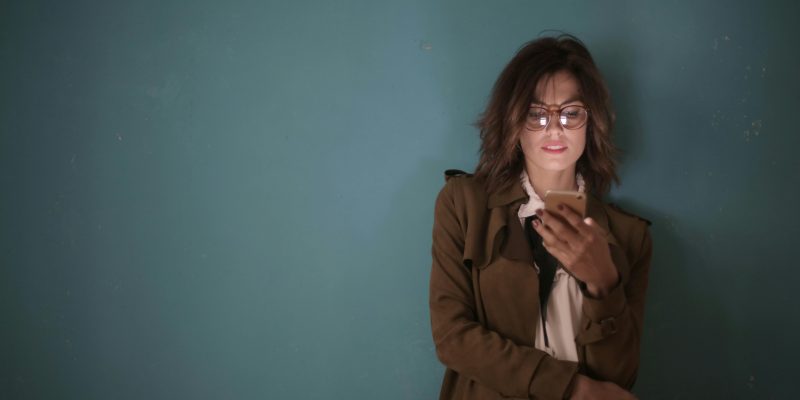



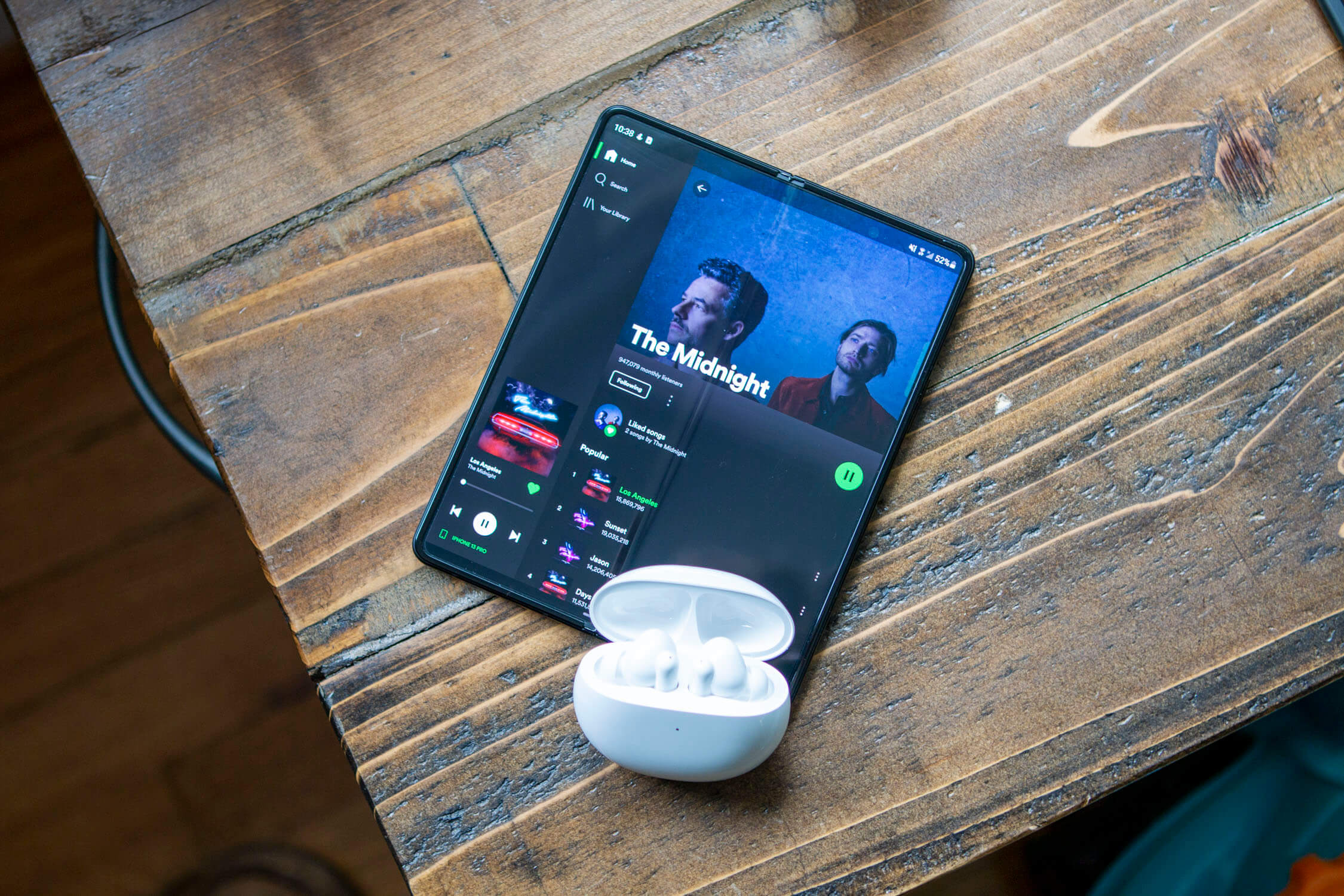


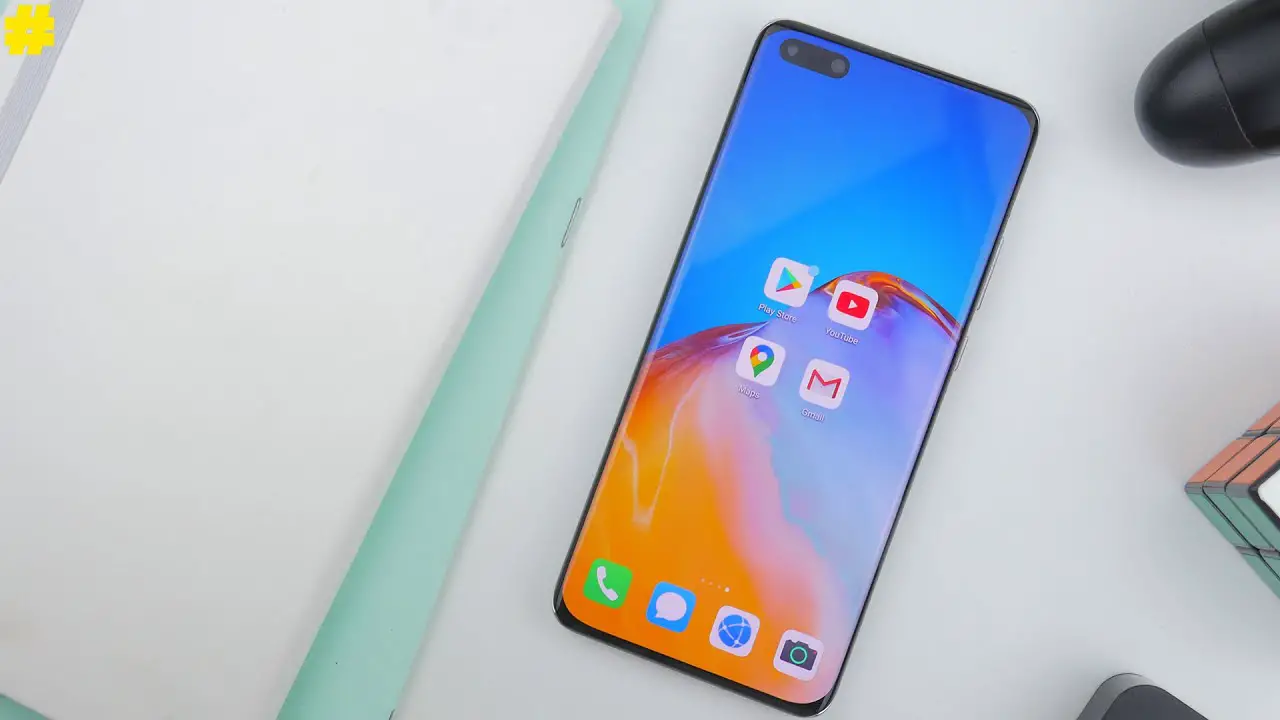
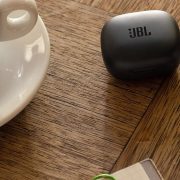
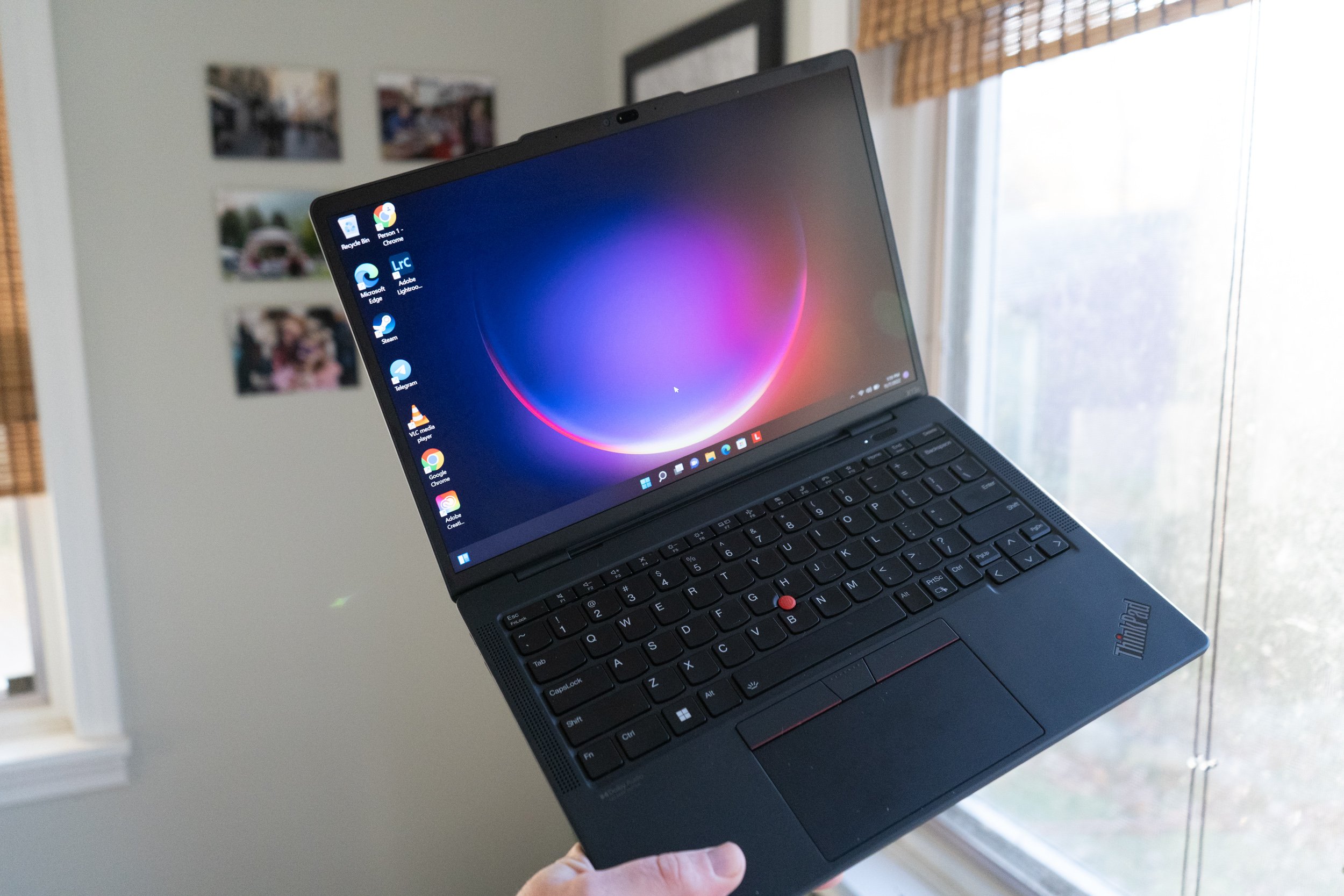

Comments